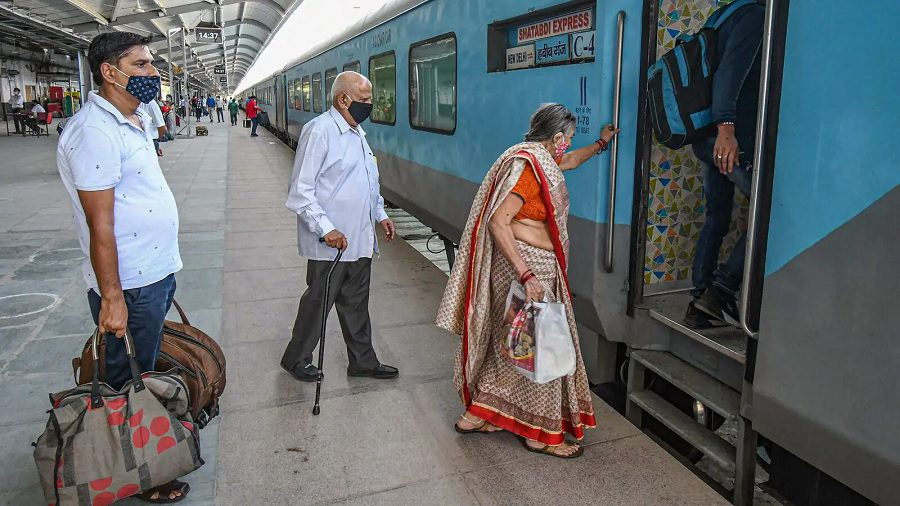Digital Rupee: What is it? Where to get it? How to use? All your queries answered here
New Delhi: On Thursday, December 1, the Reserve Bank of India (RBI) rolled out the first retail digital Rupee (e₹-R) pilot, a month after the central bank launched a wholesale CBDC pilot for trading in government bonds on November 1.
The RBI has picked 8 banks – State Bank of India, ICICI Bank, Yes Bank, IDFC First Bank, Bank of Baroda, Union Bank of India, HDFC Bank, Kotak Mahindra Bank – for the pilot. The first phase of Central Bank Digital Currency- Retail (CBDC-R) pilot will begin with only four banks – State Bank of India, ICICI Bank, Yes Bank and IDFC First Bank in four cities Mumbai, New Delhi, Bengaluru and Bhubaneswar.
RBI’s e-Rupee would be in the form of a digital token that represents legal tender and will be issued in the same denominations that paper currency and coins are currently issued. India’s first digital rupee will be distributed through intermediaries, i.e., banks.
What exactly is Digital Rupee?
Unlike cryptocurrencies, which are based on blockchain, digital Rupee is Central Bank Digital Currency (CBDC) – backed by the country’s central bank. The core idea behind the digital rupee launch is to do away with cash money from the market. Another key difference between the two is while the value of crypto is dependent on market conditions, making it fluctuate, that is not the case with digital Rupee. Its value remains the same throughout, just like cash money.
According to the concept note, the Central Bank Digital Currency (CBDC) is the Reserve Bank of India’s official form of currency. The regulator stated that the RBI’s CBDC, also known as the Digital Rupee or e-Rupee, is interchangeable one-to-one at par with the fiat currency and is the same as a sovereign currency.
How to get Digital Rupee?
Users will be able to purchase digital currencies from RBI-approved banks. They will need to head to the official app or website of any of the four designated banks. An individual can also buy e₹ from issuing banks even if they do not have a bank account with the lender. While it would be digital in nature, the e₹-R would offer features of physical cash.
It will be like cash withdrawals from your bank account, wherein instead of receiving cash, banks would credit your e₹ to your wallet. You may then use it to transact like traditional cash. The banks have been instructed by the RBI to not record transactions lower than Rs 50,000.
Digital Rupee should not be confused with making an investment, meaning using it won’t earn any interest.
Also Read : Overdraft Facility: Check how to borrow money when you have zero funds in your bank account
Is Digital Rupee transferable?
Since, digital rupee is nothing else but your money in the digital form, it can easily be transferred to friends and family members. However, the transfer of the CBDC-R can only be processed by SBI, ICICI Bank, Yes Bank, and IDFC First Bank for now. It can be stored just like the normal money in Paytm or any other payment wallet.
Can digital rupee be used to shop, make online payments?
Yes. Digital Rupee transactions can be both Person to Person (P2P) and Person to Merchant (P2M). The RBI has clearly stated that users will be able to use digital Rupee to buy goods and shop from their nearest kirana stores. “The e-Rupee would offer features of physical cash like trust, safety, and settlement finality,” RBI said.
What are the types of CBDCs?
CBDC has been classified in two categories: general-purpose or retail (CBDC-R) and wholesale (CBDC-W). CBDC-R can be used by the private sector, non-financial customers, and enterprises while the usage of wholesale CBDC (e-W) is only for certain financial institutions.




Comments
Post a Comment